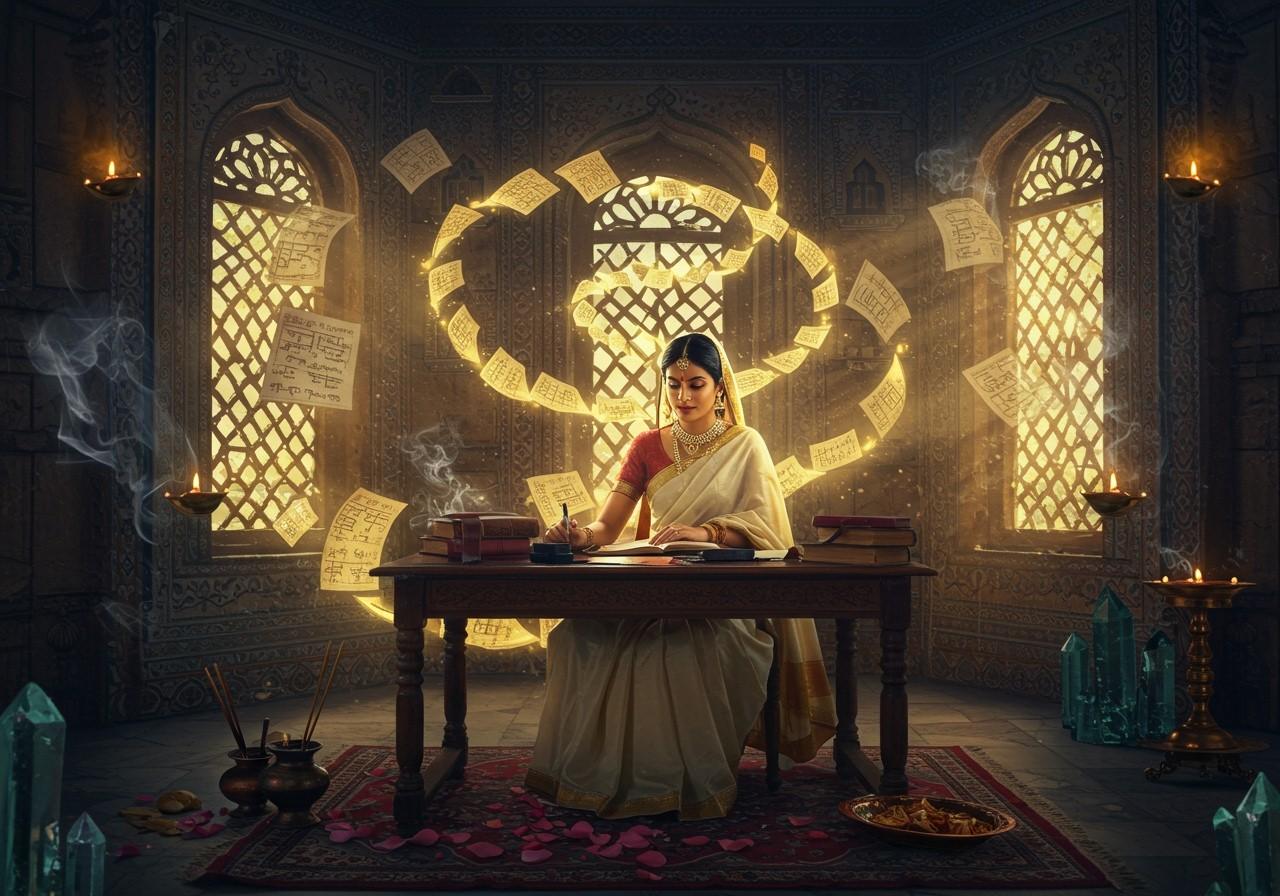
Prakrit scripts offer a captivating glimpse into the linguistic and cultural landscape of ancient India. This guide delves into the distinctive features of Prakrit scripts, their historical context, and their relationship with the Brahmi script. By exploring these ancient writing systems, we can gain a deeper appreciation for the rich heritage and traditions they embody.
Historical Context of Prakrit Scripts
Prakrit, not a single language but a group of vernacular Middle Indo-Aryan languages, flourished in the Indian subcontinent from around the 5th century BCE to the 12th century CE. Unlike Sanskrit, the language of the elite, Prakrit was used by the common people. These languages held a prominent place in ancient Indian literature, appearing in Jain Agamas, Buddhist texts, and other significant works. Prakrit significantly influenced the development of various regional languages across India. Geographically, different Prakrit scripts were used across various regions, such as Shauraseni in northern India and Maharashtri in the Maharashtra region.
Distinctive Features of Prakrit Scripts
Compared to Sanskrit, Prakrit scripts are generally simpler and more phonetic, making them accessible to a wider population. Variations existed across different regions, with Shauraseni and Maharashtri being notable examples. These scripts appeared on inscriptions, coins, and manuscripts, playing a crucial role in preserving oral traditions and documenting historical events.
Connection Between Prakrit and Brahmi Script
Prakrit scripts share a close relationship with the Brahmi script, evolving from a southern variant of Brahmi known as Bhattiprolu around the 3rd century BCE. Brahmi heavily influenced the structure and usage of Prakrit scripts. Both Brahmi and Prakrit scripts were employed to write Buddhist and Jain texts, further solidifying their connection. Over time, Brahmi itself evolved into various regional scripts, giving rise to the diverse Prakrit scripts we know today. The Kharosthi script, also used for Prakrit, likely developed independently, possibly from Aramaic or Phoenician scripts.
Significance of Prakrit Scripts in Indian Epigraphy
Prakrit scripts hold immense importance in Indian epigraphy—the study of inscriptions. Key inscriptions like the Hathigumpha inscription of Kharavela and the Junagadh rock inscription of Rudradaman, both written in Prakrit, provide valuable insights into the political, social, and religious landscape of ancient India. These scripts also contribute significantly to our understanding of ancient Indian art and architecture.
Preservation and Research of Prakrit Scripts
Modern efforts to preserve and study Prakrit scripts are being undertaken by institutions like the Archaeological Survey of India and various universities. Significant discoveries and ongoing research continue to enhance our understanding of these ancient writing systems. However, challenges remain in preserving delicate ancient manuscripts and inscriptions. Digital archiving and other modern technologies play a crucial role in these ongoing efforts.
Enduring Legacy and Cultural Relevance of Prakrit Scripts
Prakrit scripts have left an enduring legacy in contemporary Indian culture. They have sparked renewed interest in ancient literature and linguistics, reminding us of the depth and richness of India’s past. Prakrit languages continue to influence modern Indian languages and dialects. These scripts also hold cultural significance in rituals, traditional practices, and festivals, underscoring the importance of appreciating and preserving this vital aspect of cultural heritage.
Poojn.in: Your Resource for Religious and Cultural Items
While delving into the fascinating world of Prakrit scripts, enhance your spiritual journey with authentic puja items and religious artifacts from Poojn.in, India’s leading online store for cultural and religious goods. Although Prakrit script materials are not directly available, Poojn.in offers a wide selection of products that complement traditional practices and ceremonies often associated with Prakrit texts.
- Explore a diverse range of traditional puja items used in ceremonies where Prakrit texts are recited, enhancing your connection to ancient traditions.
- Discover religious artifacts that complement Prakrit scriptural practices, creating a deeper sense of reverence and connection.
- Find authentic materials for performing rituals mentioned in Prakrit texts, enabling you to engage with these ancient traditions in a meaningful way.
Visit Poojn.in today to discover a wide selection of high-quality products and experience the convenience of online shopping for all your religious needs.
Frequently Asked Questions about Prakrit Scripts
What are Prakrit scripts? Prakrit scripts are a collection of writing systems used to document Prakrit languages, prevalent in ancient India. They encompass various scripts, including Brahmi and Kharosthi.
What is the Brahmi script? Brahmi, one of the oldest writing systems of ancient India, is considered the ancestor of many later scripts, including several used for writing Prakrit languages. It likely originated around the 6th century BCE.
How do Prakrit alphabets differ from Sanskrit? Prakrit alphabets are generally simpler than Sanskrit and were used for everyday communication, while Sanskrit was primarily reserved for religious and scholarly texts.
Why should I learn about Prakrit scripts? Studying Prakrit scripts provides valuable insights into ancient Indian culture, history, and the evolution of language and writing systems in the region.
Are Prakrit scripts still in use today? While not used for daily communication, Prakrit scripts are studied by scholars and historians to decipher ancient texts and inscriptions, keeping their historical significance alive.
Conclusion
Prakrit scripts stand as a testament to India’s rich cultural and linguistic heritage. They are not mere remnants of the past but living symbols of a vibrant history. By understanding their historical background, unique characteristics, and enduring influence, we can gain a deeper appreciation for the profound ways in which these scripts have shaped Indian civilization.
Explore related articles on Krishna’s Flute, Rudraksha and Tulsi, and Meditation and Mantras on Poojn.in.


